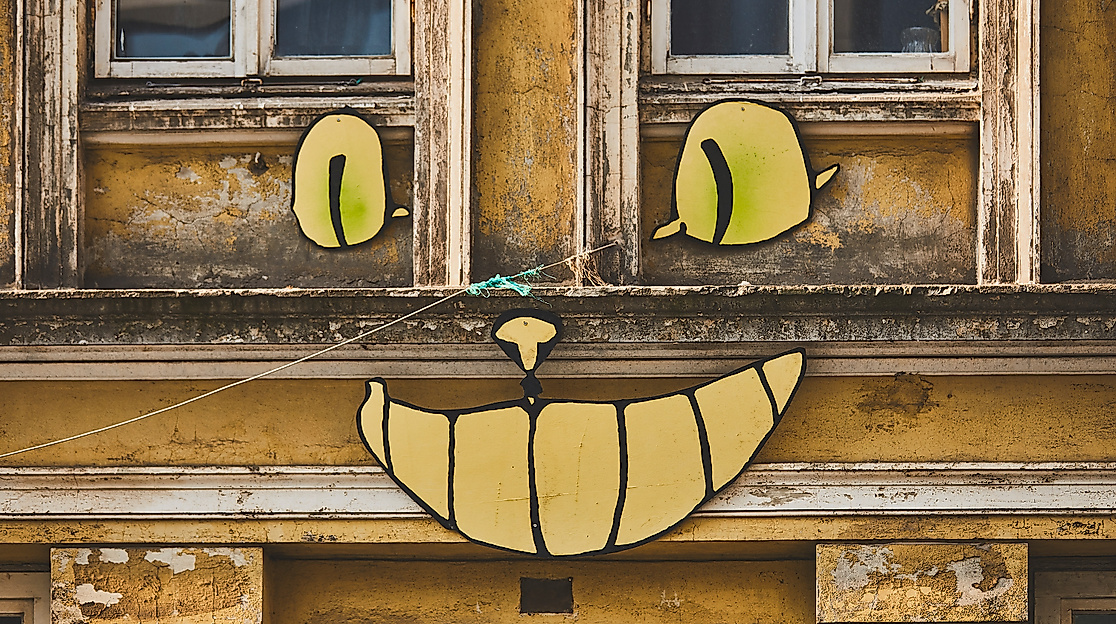A slice of Hamburg’s living history: The Gängeviertel brings together historic half‑timber houses, creative studios, cafés and cultural spaces – nestled among modern office towers in the Neustadt.
A hidden piece of Hamburg right in the city center
In the heart of Hamburg’s Neustadt lies the Gängeviertel — a historically grown quarter whose narrow alleys and tightly packed houses once shaped the city’s structure. People lived here in dense clusters: workers, harbor laborers and their families. The labyrinth-like backyards, “Twieten” (narrow corridors) and small workshops created a unique urban fabric. Over centuries, these quarters — known as “Gängeviertel” — became synonymous with poverty, dense living and cramped housing.
From impoverished workers’ district to social trouble‑spot
The dense construction and poor hygienic conditions caused severe problems in the 19th century: overcrowding, disease, lack of sanitation. The so‑called Gängeviertel were among Europe’s largest slum areas. Over time, nearly all of them were torn down — due to urban redevelopment, war damage or modern construction. Today, only a small remainder survives: the area around Valentinskamp, Caffamacherreihe, Speckstraße and Bäckerbreitergang.
Rebirth through art, culture and community
In summer 2009, the remaining houses faced demolition — but around 200 artists and activists occupied the quarter to stop the demolition and give the space a new purpose. What had been decaying became a living hub for social and cultural engagement. Since then, many buildings have been restored — but the spirit of openness remained. The area now hosts creative spaces, studios, social projects and venues for exhibitions and events.
A place for creativity, culture and community
Today the Gängeviertel invites you to exhibitions, concerts, readings, workshops and political discussions. The old factory — known as “Fabrique” — forms the heart of the quarter: large event halls, galleries, screen‑printing workshop, radio studio, communal kitchen, theatre and dance rooms. On the ground floors you find galleries, small shops, bars, community workshops — all with a distinct alternative flair. Many events run on a “pay‑what‑you‑want” basis: everyone is welcome, regardless of budget.
Between old and new – a contrast of history and modernity
What makes the Gängeviertel special is its location: amidst modern glass and steel office buildings of Hamburg’s city center. The historic half‑timber houses stand in deliberate contrast — reminding us that Hamburg is more than sleek towers and business districts. Here you can walk through a piece of Hamburg filled with history, resistance, creativity and urban community spirit.
Who should visit the Gängeviertel
The Gängeviertel is ideal for fans of urban history, creatives and art lovers, people who appreciate alternative culture, social projects and community. But also for curious visitors and explorers who want to see a different Hamburg — away from standard tourist routes, in corners full of charm, stories and vibrant life.









